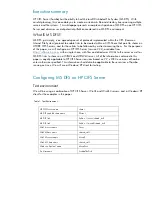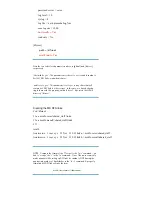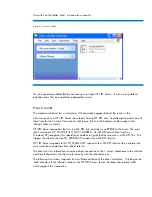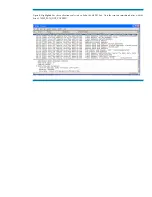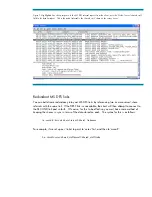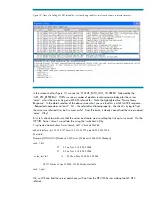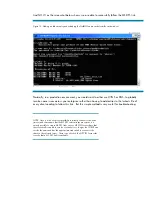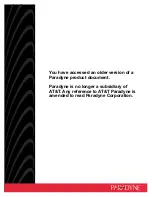
Executive summary
HP CIFS Server (Samba) has the ability to host Microsoft Distributed File System (MS DFS). With
careful planning, this can enable you to create a virtual smb file and directory tree spanning multiple
servers and file systems. This whitepaper presents a sample configuration of MS DFS on an HP CIFS
Server and discusses several potential pitfalls encountered in a MS DFS environment.
What IS MS DFS?
MS DFS, put simply, is an agreed upon set of protocols implemented within the CIFS (Common
Internet File System) protocol to enable links to be created within a CIFS Share that point to shares on
OTHER CIFS Servers, and for those links to be followed by a client accessing them. For the purposes
of this paper, we will configure an HP CIFS Server (version 2.2k), available from
http://software.hp.com
, with a single share, with files and directories LOCAL to the server as well as
MS DFS links to shares on a WIN2k and WIN2k3 server. All of the information contained in this
paper is equally applicable to HP CIFS Server revisions based on 2.2.x OR 3.x versions of Samba
unless otherwise specified. This information should also be applicable to these versions of Samba
running on Linux. We will use a Windows/XP client for testing.
Configuring MS DFS on HP CIFS Server
Test environment
We will be using a combination of HP CIFS Server, Win2k and Win2k3 servers, and a Windows/XP
client for the examples in this paper.
Table 1: Test Environment
HP CIFS Server name
rkm-nt
MS DFS enabled share name
Dfsroot
MS DFS link
linka -> \\ceres\shared_stuff
MS DFS link
linkb -> \\mccall\shared_stuff
Win2k server name
Ceres
Win2k Share name
shared_stuff
Win2k3 server name
Mccall
Win2k3 Share name
shared_stuff
Windows Xp client name
Mccallevo
Xp Username
FreddieTheFish


